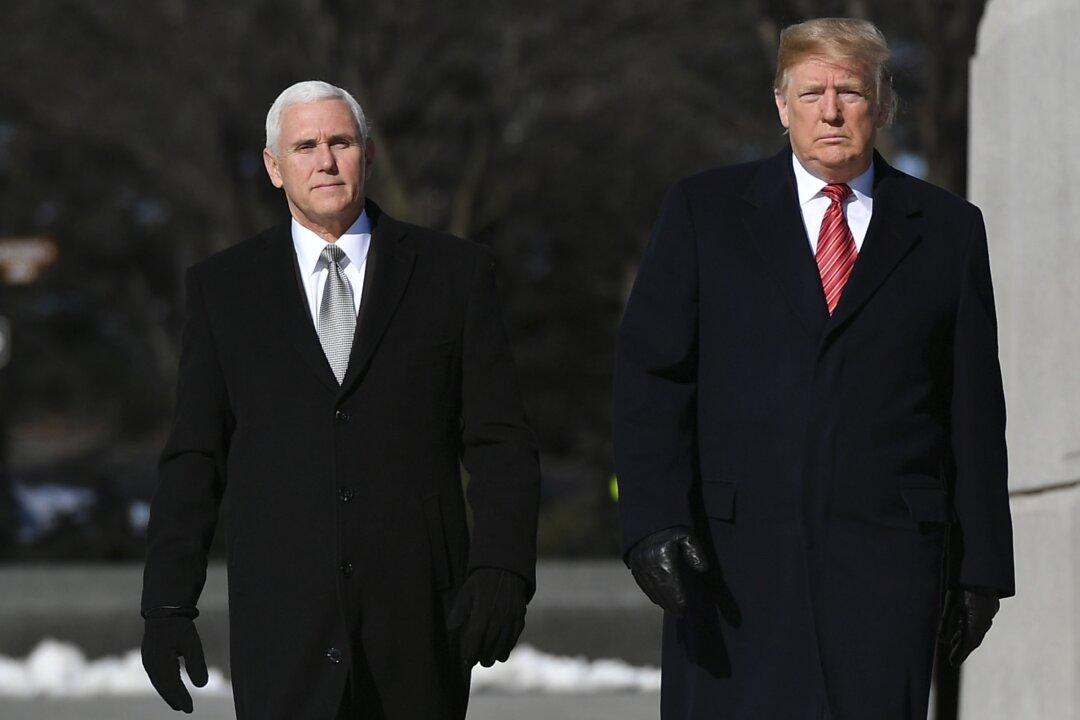News Analysis
Based on all indications, President Donald Trump is bent on proving that Democratic leaders in Congress have no interest in negotiating a deal that would end the ongoing partial government shutdown and invest in border security.


Based on all indications, President Donald Trump is bent on proving that Democratic leaders in Congress have no interest in negotiating a deal that would end the ongoing partial government shutdown and invest in border security.